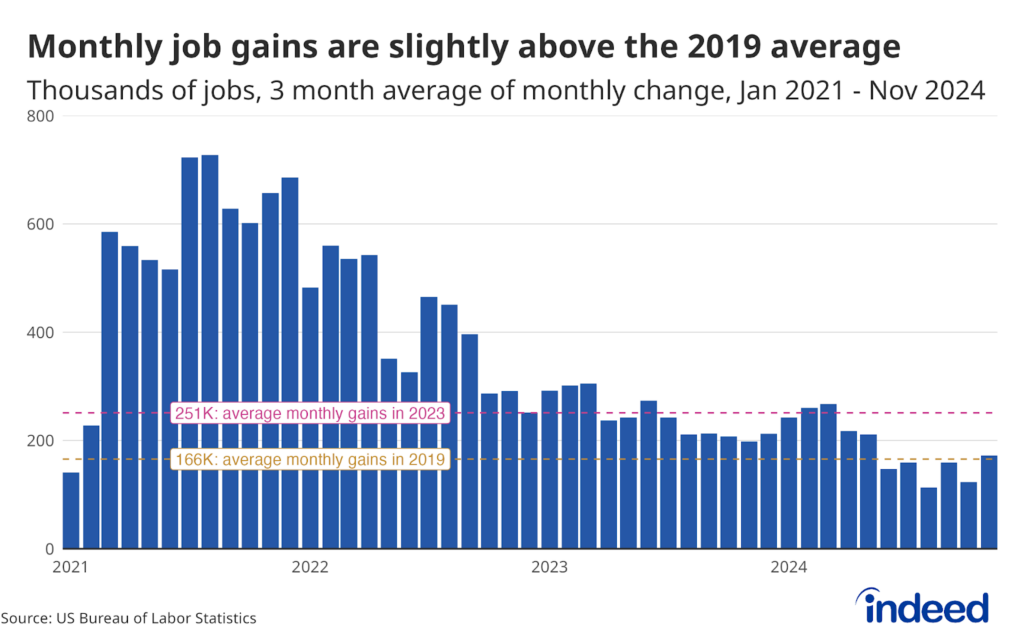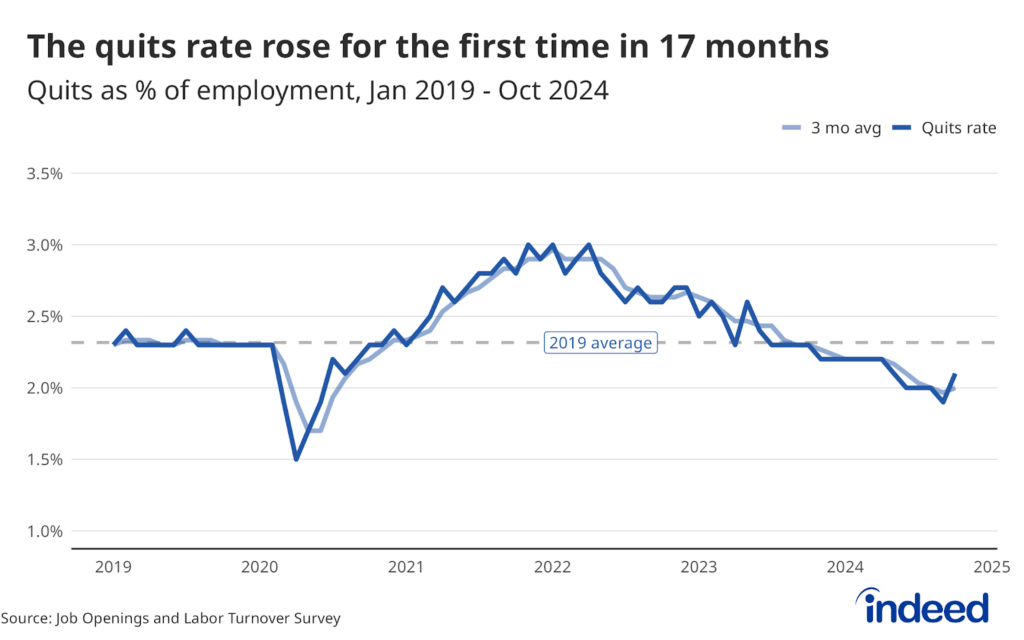More than a year after horrific job losses and wage cuts, job seekers have a strong hand in the labor market again. Demand for workers is surging as the broader economy starts to emerge from the pandemic, according to the most recent federal Job Openings and Labor Turnover Survey (JOLTS) report out today. At the same time, supply is restrained as workers are slow to find their post-pandemic normal. The result is a labor market that has snapped back quicker than many expected.
In April, there were 9.3 million job openings in the US, a historic high which is almost a third higher than its pre-pandemic level. The pickup in demand is uneven but still fairly broad. Leisure and hospitality might get all the attention, but manufacturers are clearly looking to staff up. Openings in that sector are more than double what they were in February 2020.
Workers are reacting to at least some of this demand as quitting is also at an all-time high. The quits rate for the private sector was 3.1% in April, which is 24% higher than it was before the pandemic. The sectors leading the way in quitting are those where labor markets are already fairly tight or where hiring is ramping up: leisure and hospitality, transportation and warehousing, and retail trade.
Hiring may be more difficult than expected given the unemployment rate or the number of jobs the labor market has lost since the pandemic started. But the unprecedented surge in demand means that the outlook for job seekers right now is relatively bright.
Employers, employees, and job seekers will all need to sort out what they want in the future. Given the tightness of the labor market, employees and job seekers may have a stronger hand right now.






